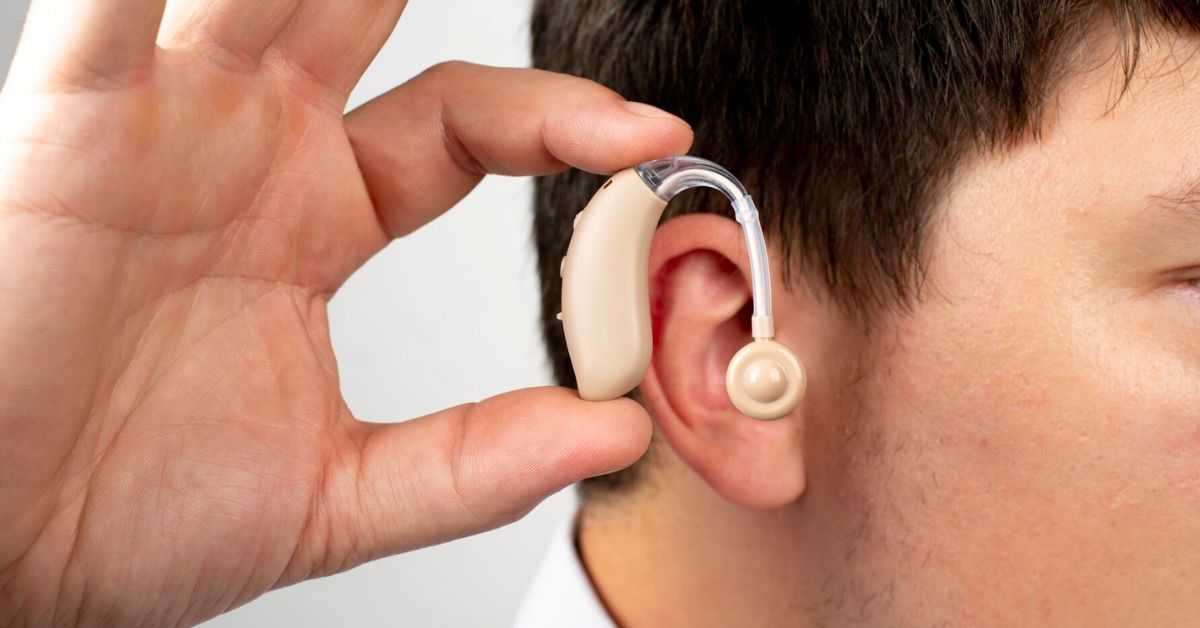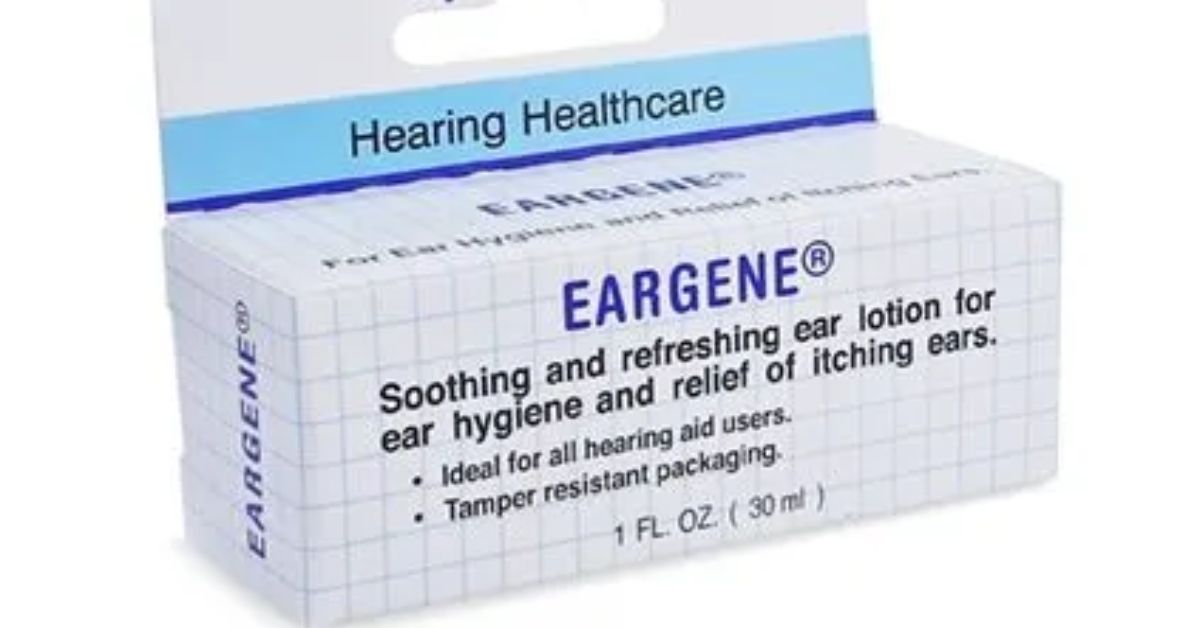If you’re living with a chronic health condition, you might have heard about something called a “rescue pack patient information.” But what exactly is it, and why is it so important? This article will break down everything you need to know about rescue packs—what they are, who needs them, how to use them, and why they’re a crucial part of managing certain health conditions. By the end of this guide, you’ll have a clearer understanding of how rescue packs can support your health and wellbeing.
What is a Rescue Pack?
A rescue pack is a pre-prepared collection of medications and instructions designed to help patients manage flare-ups or exacerbations of chronic conditions at home. Typically, these packs are used by people with conditions like Chronic Obstructive Pulmonary Disease (COPD), asthma, or severe allergies. The idea is to provide patients with the tools they need to quickly address worsening symptoms, potentially avoiding the need for emergency medical treatment or hospitalization.
YOU MAY LIKE: Why Does Highland Health Keep Calling Me? Understanding the Persistent Calls
Components of a Rescue Pack
Each rescue pack is tailored to the individual patient’s needs but generally contains three main components:
- Medications: This might include bronchodilators, corticosteroids, antibiotics, or other medications specific to the patient’s condition.
- Instructions for Use: Clear, step-by-step instructions on when and how to take the medications.
- Emergency Contact Information: Details of who to contact in case of an emergency, including healthcare providers and emergency services.
Who Needs a Rescue Pack?
Rescue pack patient information are typically prescribed to patients with chronic respiratory conditions, like COPD or asthma, where there’s a risk of sudden symptom flare-ups. They can also be useful for people with severe allergies, who may need immediate access to emergency medications. Other conditions that might require a rescue pack include chronic heart failure, bronchiectasis, and certain autoimmune diseases.
How to Use a Rescue Pack Effectively
Using a rescue pack effectively requires understanding when and how to take the medications. Here’s a step-by-step guide:
- Monitor Your Symptoms: Keep track of your symptoms daily. Recognizing early signs of a flare-up can make a big difference.
- Follow the Instructions: Use the medications exactly as prescribed when you notice worsening symptoms.
- Stay in Touch with Your Healthcare Provider: Let them know if you’ve used your rescue pack and discuss the results. They might adjust your treatment plan based on your experience.
Importance of Patient Education
Education is key when it comes to rescue pack patient information. Patients need to understand not only how to use the medications but also why they’re using them. Recognizing early symptoms of exacerbations and understanding the role of each medication can empower patients to take control of their health.
Communication with Healthcare Providers
Regular communication with healthcare providers is essential. Patients should keep their doctors informed about their symptoms, any side effects they experience, and the effectiveness of the rescue pack. This helps ensure that the treatment plan remains effective and safe.
Emergency Situations and Rescue Packs
In some cases, even with a rescue pack, a flare-up might require immediate medical attention. It’s important for patients to know the signs of an emergency, such as severe shortness of breath or chest pain, and to seek help without delay. The rescue pack is a tool to manage symptoms, but it’s not a substitute for emergency care when it’s needed.
Common Medications in a Rescue Pack
The specific medications in a rescue pack can vary, but they often include:
- Bronchodilators: These help to open up the airways and make breathing easier.
- Corticosteroids: These reduce inflammation and help control symptoms.
- Antibiotics: Used in some cases to treat infections that can exacerbate conditions like COPD.
Managing Side Effects
Like all medications, those in a rescue pack can have side effects. Common ones include jitteriness from bronchodilators, increased appetite or mood changes from corticosteroids, and potential stomach upset from antibiotics. Patients should be aware of these side effects and know when to contact their healthcare provider.
Storage and Handling of a Rescue Pack
Proper storage of the rescue pack is crucial to ensure the medications remain effective. This usually means keeping the pack in a cool, dry place, away from direct sunlight. Patients should also be mindful of expiration dates and replace any medications as needed. Safe disposal of used or expired medications is also important to avoid accidental misuse.
Personalizing a Rescue Pack
Every patient is different, and so is every rescue pack. It’s important that the pack is tailored to the individual’s specific needs, which means patients should be involved in the decision-making process. As health conditions change, the contents of the rescue pack might need to be updated to ensure it remains effective.
Patient Stories and Testimonials
Hearing from other patients who have used rescue packs can be incredibly reassuring. Many people find that having a rescue pack gives them peace of mind and helps them manage their condition more confidently. Real-life stories can also provide valuable insights and tips that might not be covered in the general advice.
Conclusion
Rescue packs are a vital tool for managing chronic health conditions, giving patients the means to handle exacerbations quickly and effectively. By understanding how to use a rescue pack, communicating regularly with healthcare providers, and staying informed about their condition, patients can better manage their health and avoid unnecessary complications. Always remember, while a rescue pack is a powerful resource, it’s essential to know when to seek further medical help.
Additional Resources and Support
For those looking to learn more about rescue packs and chronic condition management, there are plenty of resources available. Support groups, online communities, and educational materials can all provide valuable information and support. Don’t hesitate to reach out and connect with others who understand what you’re going through.
FAQs About Rescue Packs
How often should I update my rescue pack?
Your healthcare provider should review your rescue pack at least once a year or whenever there are significant changes in your health condition.
What should I do if my symptoms don’t improve after using my rescue pack?
If your symptoms persist or worsen after using your rescue pack, contact your healthcare provider or seek emergency medical attention.
Can I travel with my rescue pack?
Yes, you can travel with your rescue pack, but make sure you keep it accessible and check the local regulations regarding medications.
How can I make sure I’m using my rescue pack correctly?
Regularly review the instructions with your healthcare provider, and don’t hesitate to ask questions if you’re unsure about anything.
Is a rescue pack the same as an emergency kit?
No, a rescue pack is specifically tailored to managing flare-ups of chronic conditions, while an emergency kit is more general and may include supplies for a variety of emergencies.
READ MORE: CLICK HERE





